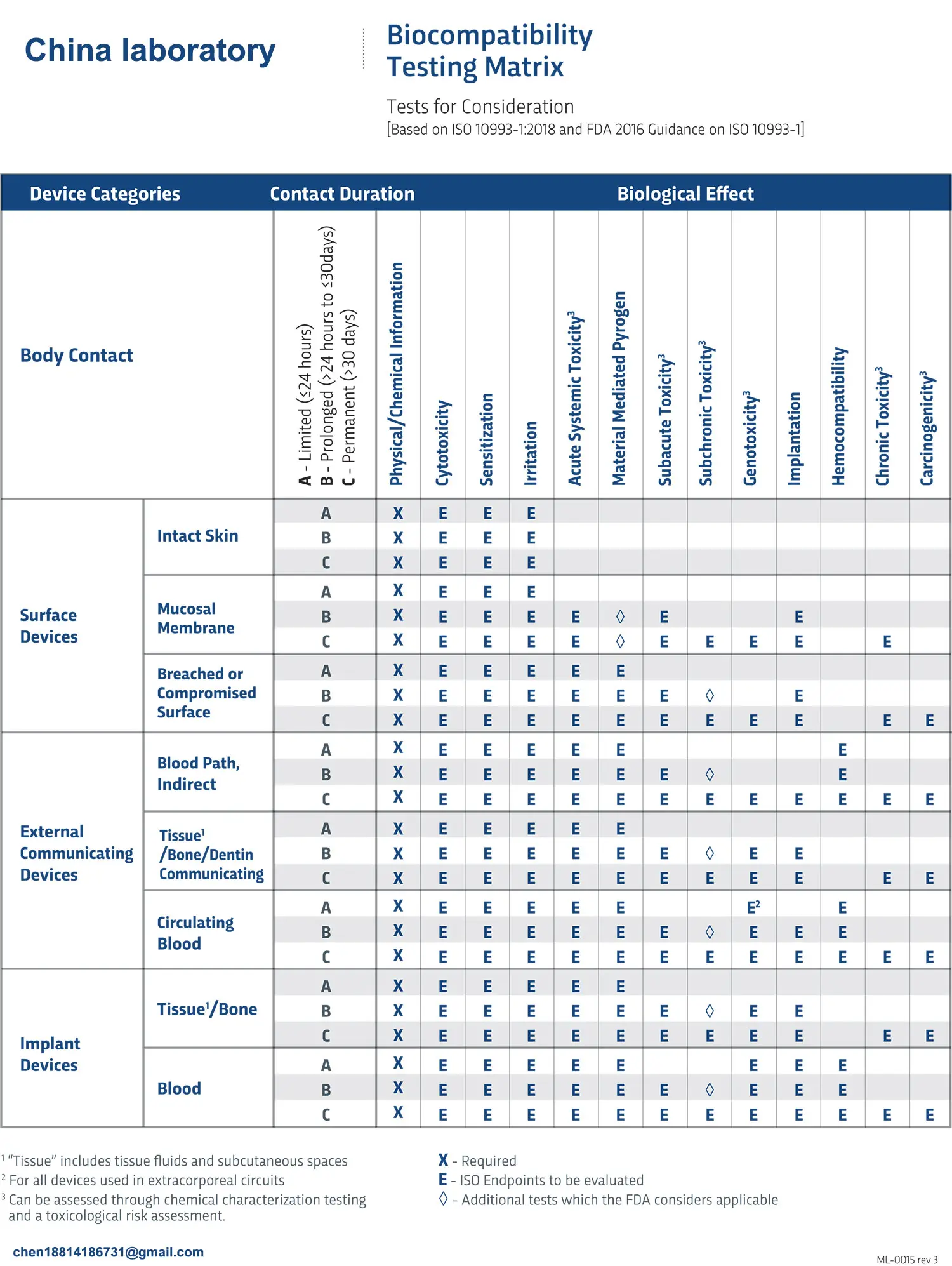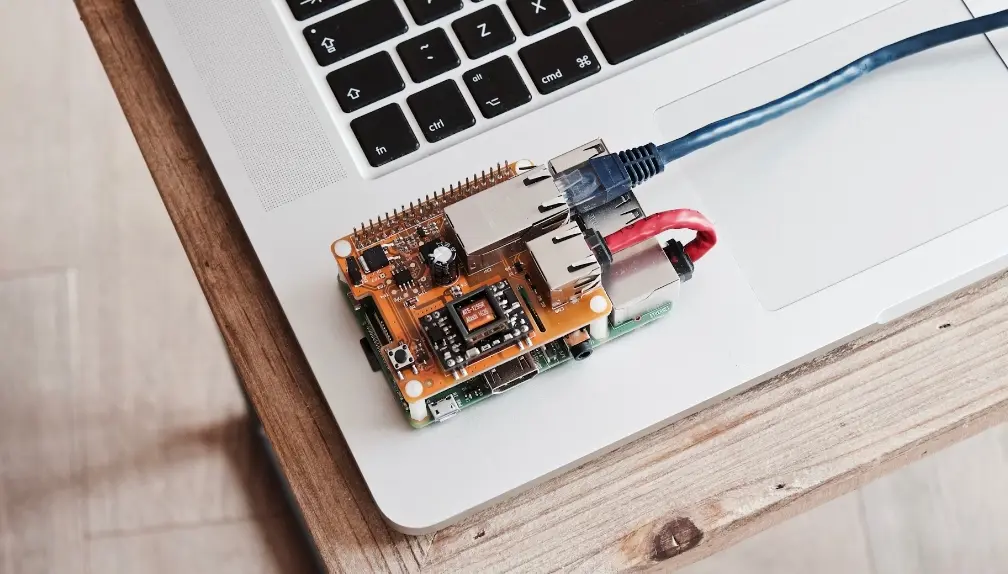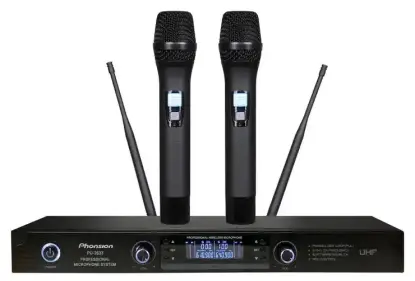
Cheap EMC Testing
Introduction to EMC:
Electromagnetic compatibility (EMC) refers to the ability of a device or system to operate within its electromagnetic environment without causing unacceptable electromagnetic interference (EMI) to other equipment in the environment. Therefore, EMC involves two requirements:
- EMI: The electromagnetic interference generated by the device during normal operation must not exceed certain limits.
- EMS: The device must have a certain level of immunity to the electromagnetic disturbances present in the environment, i.e., electromagnetic susceptibility.
emi testing Includes:
- Radiated Emission: CISPR/EN 55011, EN 55013, EN 55015, CISPR 15, EN 55014, EN 55032, CISPR 22, EN 55035, EN 61547, EN 60598, Part 15B, Part 18, EN 301 489, YY0505, GB/T 18268.1, GB/T 18268.26, 9K~26.5GHz.
- Conducted Interference: CISPR/EN 55011, EN 55013, EN 55015, CISPR 15, EN 55014, EN 55032, CISPR 22, EN 55035, EN 61547, EN 60598, Part 15B, Part 18, EN 301 489, YY0505, GB/T 18268.1, GB/T 18268.26, 9kHz~30MHz.
- Interference Power: EN 55014, CISPR 14-1, EN 55013, EN 55032, CISPR 13, 30~300MHz (2m Trilog Antenna).
- Magnetic Field Radiation: CISPR/EN 55032, 14-1, 9k~30MHz.
- Harmonic Current: IEC/EN 61000-3-2, GB 17625.1, 1~40 Harmonics.
- Voltage Fluctuation and Flicker: IEC/EN 61000-3-3, GB 17625.2, AC 200 to 250 V, 50/60Hz, 0 to 16A.
EMS Testing Includes:
- Electrostatic Discharge Immunity: IEC/EN 61000-4-2, GB/T 17626.2, 2-30kV.
- Radiated Immunity: IEC/EN 61000-4-3, GB/T 17626.3, 26MHz~3GHz.
- Electrical Fast Transient/Burst Immunity: IEC/EN 61000-4-4, GB/T 17626.4, 0-4kV.
- Surge Immunity: IEC/EN 61000-4-5, GB/T 17626.5, 0-4kV.
- Conducted Immunity: IEC/EN 61000-4-6, GB/T 17626.6, 10V (150~230MHz).
- Power Frequency Magnetic Field Immunity: IEC/EN 61000-4-8, GB/T 17626.8, 1~30A.
- Voltage Dips, Short Interruptions Immunity: IEC/EN 61000-4-11, GB/T 17626.11, Voltage Variation: 0~100%.
What is Safety Testing?
In simple terms, safety certification, also known as electrical safety testing, is a certification that ensures product safety for users and environmental protection. Every country has its own certification requirements, and products must comply with these standards before entering the market. With increasing consumer awareness, people are no longer blindly pursuing high-function, low-cost products but are paying more attention to product safety. Ensuring safe, hazard-free products has become the primary concern for consumers.
What is LVD?
LVD stands for "Low Voltage Directive" (2006/95/EC). It covers electrical products with AC voltage between 50V and 1000V and DC voltage between 75V and 1500V.
Common Safety Standards:
- Household Appliances: EN 60335, IEC 60335, UL 507, UL 1026, UL 1082, UL 1083, UL 982, UL 499, UL 1647.
- IT and Information Technology: EN 60950, IEC 60950, GB 60950, UL 60950.
- Audio/Video Equipment: EN 60065, IEC 60065, UL 6500, UL 1492.
- Lighting: EN 60598, IEC 60598, UL 153, 1571, UL 1993.
- Power Supplies: EN 61558, IEC 61558.
- Machinery: EN 60204.
- Medical Devices: GB 9706.1, GB 4793.1, YY0648.
- Laboratory Instruments: GB 4793.1, YY0648.
Safety Testing Includes:
- Dielectric Strength Test: Determines if the internal insulation material or components of the product break down under high voltage. No breakdown means the product passes the test.
- Abnormal Operation Test: Determines if the product operates safely without hazards under abnormal conditions (e.g., short circuit or open circuit).
- Vibration Test: After a frequency sweep vibration durability test, checks if product components become loose, posing safety risks.
- Temperature Rise Test: Determines if the temperature of the product meets standards under normal and abnormal conditions without overheating, causing fire hazards.
- Ball Pressure Test: Determines if plastic materials are durable and resistant to softening under heat, which could pose safety risks.
- Glow Wire Test: Determines if non-metallic parts of the product are resistant to ignition and fire spread.
- Leakage Current Test: Determines if the leakage current from the AC power source or other circuits to surfaces accessible to users meets standard requirements.
- Mechanical Strength Test: Ensures that the product can still provide mechanical/electrical protection when subjected to external forces during use without posing a danger.
- Power Cord Fixation and Pull Test: Ensures the connection between the product and the power cord is secure, particularly for non-detachable power cords.
- Torque Test: Tests if external forces frequently cause bending or deformation and determines if wires can withstand repeated bending without breaking during the product's life cycle.
- Stability Test: Ensures the product remains stable under external forces (e.g., leaning, climbing) during normal use, preventing the device from tipping or collapsing.
- High Temperature and Humidity Test: Tests the reliability of internal circuits and materials under extreme high temperature and humidity conditions to prevent insulation breakdown.
- Power Limitation Test: Determines if the power supply end complies with limited power supply standards, ensuring parts powered by the supply do not require fire-resistant casings.
- Working Voltage Test: Tests the working voltage difference between the primary and secondary sides, recording peak voltage (Vpeak) and RMS voltage (Vrms). These are used to determine clearance and creepage distances.
- Ground Impedance Test: Verifies if the grounding connections can carry sufficient current without disconnecting or posing danger.
- Capacitor Discharge Test: Ensures that any charge remaining when the power plug is pulled out dissipates within a safe timeframe, preventing electric shocks.
- Limited Current Circuit Test: Determines if some circuits are limited current circuits, allowing safe direct contact with human skin.
- Drop Test: For small or desktop equipment, tests if falling from a table or hand during normal use affects safety standards.
- Label Durability Test: Ensures that the printed label on the product is durable and can withstand normal wear.
Email:hello@jjrlab.com
Write your message here and send it to us
 What is ISO 10993-23:2021 Irritation Testing?
What is ISO 10993-23:2021 Irritation Testing?
 ISO 10993-23 Irritation Testing Laboratory
ISO 10993-23 Irritation Testing Laboratory
 EMI Emissions Testing
EMI Emissions Testing
 EMC Standards for Medical Devices
EMC Standards for Medical Devices
 What is FCC Class A vs. Class B?
What is FCC Class A vs. Class B?
 UL Standards for Electrical Equipment
UL Standards for Electrical Equipment
 Is UL Certification Required in the USA?
Is UL Certification Required in the USA?
 Wireless Microphone Export Certification
Wireless Microphone Export Certification
Leave us a message
24-hour online customer service at any time to respond, so that you worry!




